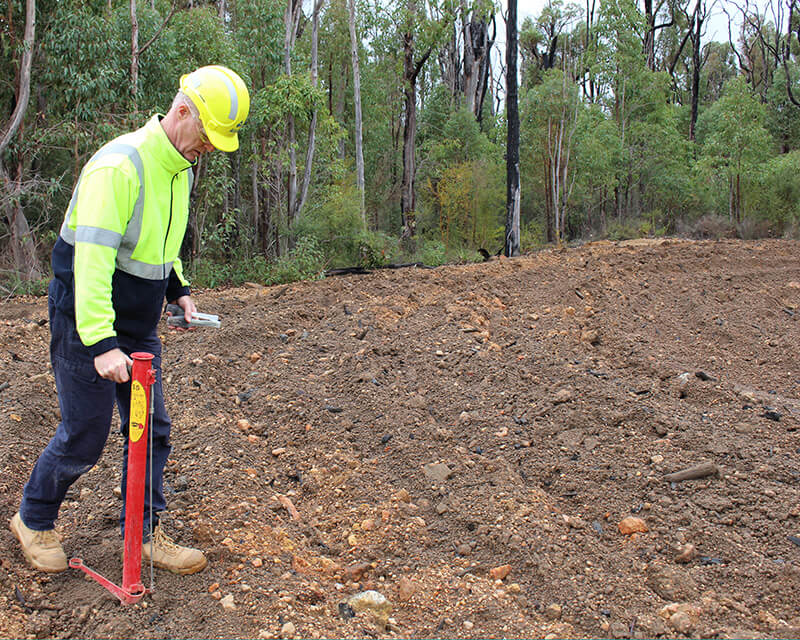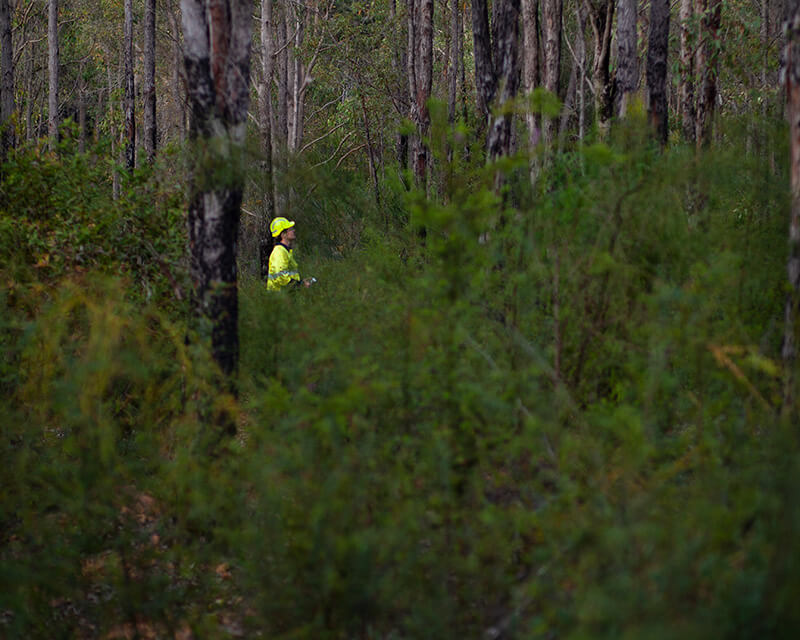August 02, 2023
Alcoa rehab tops two million seedlings in five years

More than two million seedlings and eight tonnes of native seed have been planted and distributed in areas of WA’s Northern Jarrah Forest over the past five years as part of aluminium company Alcoa’s forest restoration work following completion of bauxite mining.
The milestone was reached during the most recent planting season, which wrapped up this month and covered 508 hectares of mined land.
Alcoa Plant Production Superintendent Greg Mullins said the company’s ongoing commitment to restoring a resilient jarrah forest ecosystem continued to yield positive results.
“There are several steps and different processes involved in returning native species to rehabilitation areas and we continue to research and trial methods to improve establishment success,” Mr Mullins said.
“It’s a multi-year process that starts with landscaping work, return of logs to create fauna habitat and spreading of seed-rich topsoil which contains many of the local plant species that form part of the biodiversity in the areas where we mine bauxite.”
“We also broadcast seed that requires special treatment, such as smoke or heat, to germinate.”
“Then, we return to those areas the following season, once the species contained in the topsoil and broadcast seed mix have had a chance to establish, to hand-plant seeds that require deeper planting and a range of species of nursery-raised seedlings that don’t grow from seed.”
“It takes a team of about 25 planters to carry out the extensive planting program, which we aim to complete in the early part of winter.”
As well as planting new areas, Alcoa monitors previously planted areas at nine months to get insights into the density of jarrah, marri and native legume species, and again at 15 months to gain insights into the number of different species that have established.
“These factors allow us to determine if any remediation is required,” Mr Mullins said.
“Our research teams also conduct ongoing monitoring of rehabilitated areas for several years to help us understand how different species progress and to inform future planting and rehabilitation management.”
Since commencing mining in Western Australia 60 years ago, more than 75 per cent of the land cleared by Alcoa has been rehabilitated and is at various stages in the multi-year process.
As the first miner in Australia to hand back a substantial area of land to State Government following rehabilitation work, the company has been recognised with numerous awards and accolades for its industry leading research and development in rehabilitation. That includes a State Government award for environmental excellence and being recognised as the first mining company on the United Nations 500 Roll of Honour for rehabilitation excellence.
During the past two years, Alcoa has undertaken rehabilitation work on more land than it has cleared for mining and has recently committed to no-mining zones around the WA towns of Dwellingup and Jarrahdale.
